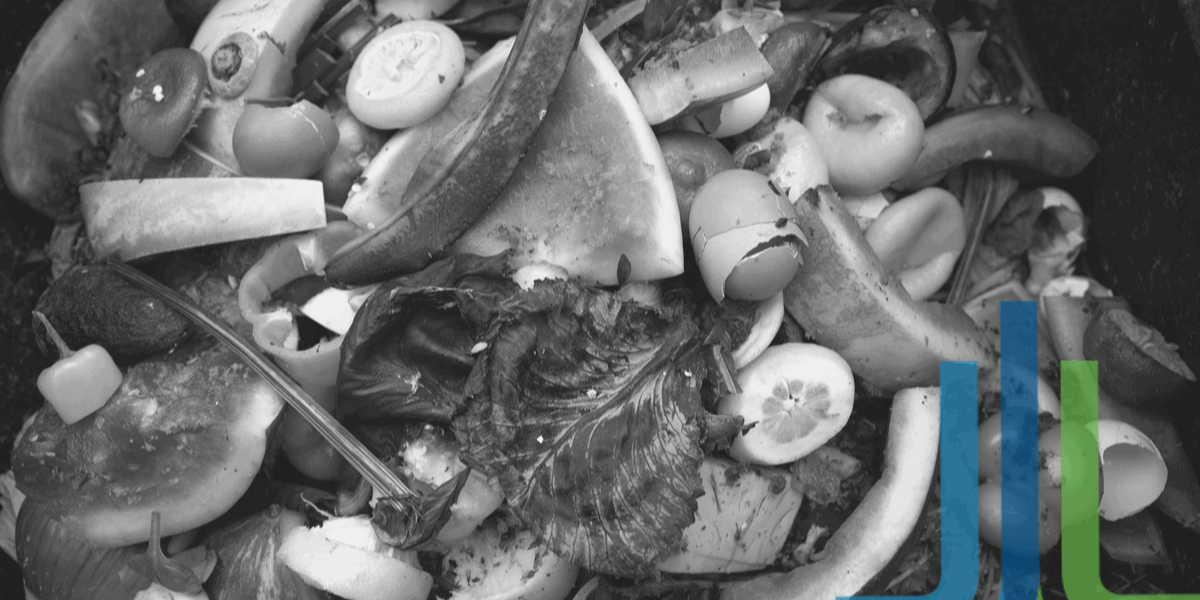
27 Apr How Digital Ordering Helps Reduce Food Waste
There is no doubt that waste within the foodservice industry has contributed significantly to growing pollution and energy consumption. According to GreenBiz, wasted food accounts for as much as 6% of global greenhouse gas emissions. All economies are working to reduce food waste.
Another shocking figure: a third of that waste comes from general consumers rather than the business sector. While that might not seem connected to restaurants, it is. If the restaurant serves portions that an average individual isn’t likely to finish, it creates food waste. That, in turn, negatively impacts the overall environment and our food supply chain. That is why it is important to take actionable steps sooner rather than later to reduce food waste.
Thankfully, new technology and innovative tools, including digital ordering, customization capabilities, and on-the-go menu updates, make that possible. And with curbside delivery and other viable service options readily available, restaurateurs could be leaving money on the table and excess food in the trash without an eye on the big picture. Let’s take a closer look at how digital capabilities enable restaurateurs to reduce food waste.
It Is Easier to Capture Complete Orders and Reduce Food Waste
One noticeable trend seen during the pandemic is the move toward digital restaurant ordering. The trend has not remained limited to occasional food delivery orders. Still, even larger orders for groceries and supplies can be done digitally using food ordering apps and websites.
Increased digital ordering and giving guests more customization options can help reduce food waste. Consumers request what they want and need when placing their order. Getting customers what they want helps ensure more food is used, and less ends up thrown away.
With consumers in full control of their order experience, they can take their time to browse and tailor their order to specific needs with minimal waste. Digital ordering lends itself to a seamless kitchen order workflow. This ensures orders are captured and routed directly to the kitchen, where they are filled accurately and completely to customers’ desires.
This trend is also seen with fast food and single meal orders as well. Smaller orders get placed more frequently, which can help cut food waste and save money for restaurants and foodservice providers.
Thanks to Fewer Order Mistakes and Less Overbuying, Customers and Restaurant Are Less Likely to Waste Food
Another advantage to the new normal of using food ordering apps and web ordering platforms is that it cuts out frivolous spending and impulsive purchasing. That can go a long way toward helping reduce food waste.
Digitizing the ordering experience through mobile, web or kiosks, ensures orders are captured without any manual order entry errors. When staff are manually rekeying orders instead of implementing and relying on a digital ordering solution that integrates and sends orders into the point of sale (POS), mistakes are reduced, and less chance for food waste.
This means less food is left uneaten and destined for the trash. It is clear that online ordering allows for more accurate order placement. Less human interaction translates into greater accuracy. This, in turn, means customers are less likely to discard a meal because it is not prepared to their liking. These two factors alone can significantly reduce food waste.
Using Data to Understand Order Patterns to Reduce Food Waste and Prevent Overproduction
The commercial side also contributes to the food waste issue. Restaurants and foodservice providers are also responsible for generating more than enough waste. . They need to do their part to reduce food waste. A great place to start would be better data collection and analysis. The digital ordering environment makes it easier than ever to quickly and efficiently collect and review several metrics.
Knowing when people are most likely to buy certain food items and what items are the most popular, food service operators can keep the right inventory in the optimal amount on hand. By only ordering the items they truly need, operators can avoid unnecessary spoilage and waste. By recognizing sales patterns and inventory levels operators can better predict their sales and food waste.
Utilizing Push Notifications Make It Easy to Offer Deals and Discounts
The final way the food and beverage industry can help reduce food waste and become more sustainable and environmentally-minded is by using technology to connect with customers. When restaurants have prepared food leftover as the close of business nears, they can connect with consumers via restaurant apps to offer specials and discounts. Think of it as a “last call for delivery” bonus sale. For example, they can send a push notification through the mobile app on remaining inventory to help drive traffic to get orders resulting in maximizing inventory utilization.
These reduced-priced orders can lead to less food ending up in the trash, which can help reduce losses for restaurants daily.
Choose an Intuitive, Ready-to-Deploy Technology Partner to Tap Digital Food Ordering and Its Foot Waste-Reductions Now
Making the most of technology is critical for continued growth and survival during this time of recovery. Renewed attention and an emphasis on sustainability and the green movement is becoming a priority in several industries. Today’s focus is moving to the food and beverage industry and reducing food waste with innovation and integration. Visit Tacit to learn more about how your brand can embrace the digital frontier and lower its overall waste of both energy and food today.

Sorry, the comment form is closed at this time.